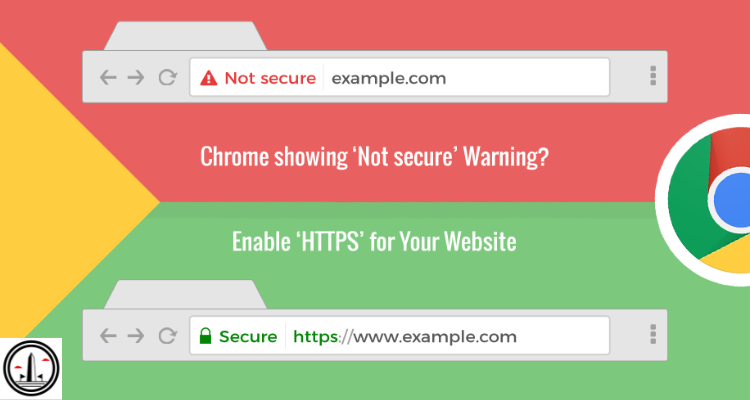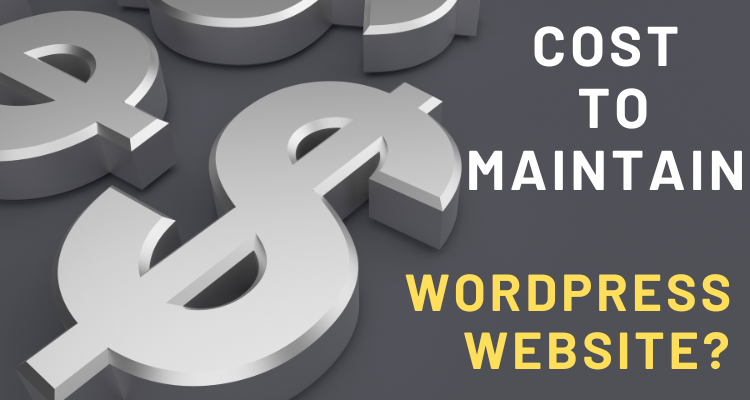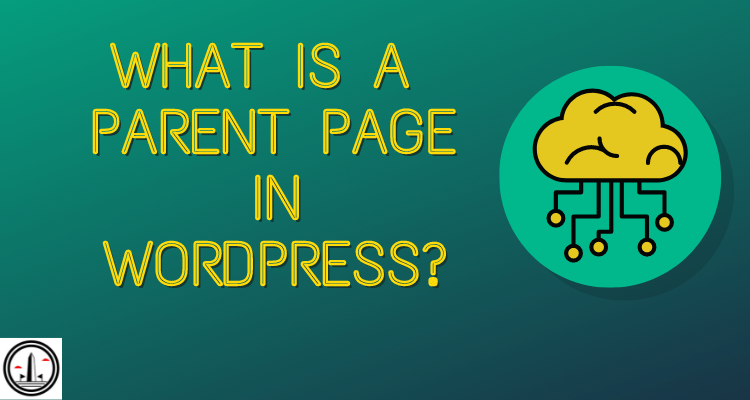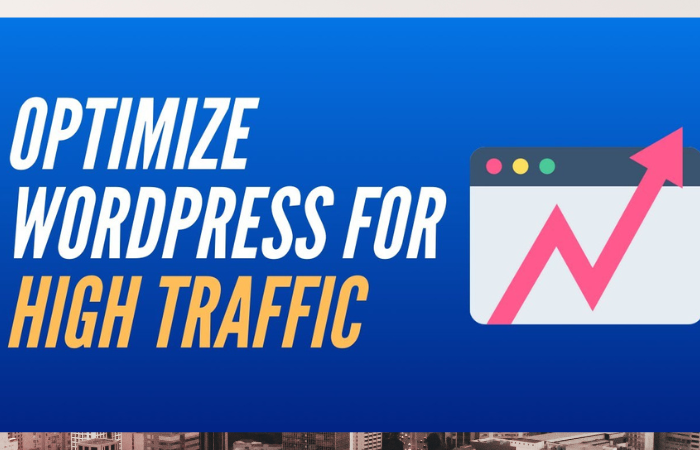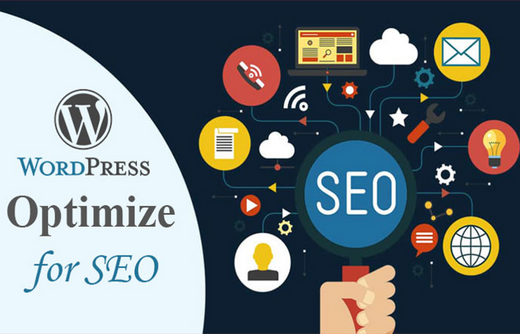How to Convert From Container to Column WordPress

Converting from container to column WordPress is an effortless process that can improve the organization and aesthetic of your site while offering better user experiences.
Convert containers to columns using either a page builder plugin or custom CSS. Before making changes, it’s always wise to take a backup copy of your website for security.
1. Select the Container
Converting from containers to columns is a straightforward process that can greatly improve the layout and design of your WordPress website, but requires some expert knowledge for an effortless transition that ensures content flows effortlessly from column to column.
Start the conversion process by logging into your WordPress admin panel and navigating to the page or post that requires alteration. Open its content block for editing, select your preferred column size, number of columns you would like, click “Add Column”, choose your preferred settings option “Add Column”, and finally “Update”. When finished with editing the column layout save or publish your page and make sure it works on various devices and screen sizes before saving or publishing!
2. Select the Section
Columns are an effective way to display content on WordPress pages or posts, adding visual interest, organizing your data, and offering visitors an enhanced user experience. There are various methods of turning containers into columns in WordPress such as using a theme/page builder that supports this layout, using custom CSS, or selecting a page template with columns built-in.
When transitioning from containers to columns, it is essential that columns are positioned appropriately so as to prevent text from colliding or becoming unreadable. Furthermore, keeping formatting consistent between columns will create a coherent look and feel for your website.
Finally, clearing your cache if your website uses a caching plugin or Content Delivery Network (CDN) is key to real-time visibility and avoiding performance and functionality issues on the website.
3. Select the Columns
Converting container to column layouts on your WordPress website can drastically improve its design and organization. Not only can this make content more visually appealing and easier to read on multiple devices and screen sizes, it can also ensure your site complies with accessibility standards ensuring an enhanced user experience and accessibility compliance.
To convert a container to column layout, first locate it by visiting its respective page or post. Once there, find its content area and look for settings indicating columns or rows; these can often be found within page builders menus or theme options.
Page builder plugins such as Elementor or Divi can help you quickly create columns in your WordPress website. There are various other available options as well; just be sure to select one that meets your design goals and skill level. Once your desired layout has been created, save and publish it before testing its look and functionality on different devices.
4. Select the Widgets
Switching from containers to columns is a great way to refresh the design and user experience on your website, while providing more engaging user interactions. Follow our expert tips in order to ensure a successful transition.
Verifying that your column layout remains responsive and looks good across various screen sizes is also essential in creating an enjoyable user experience for visitors to your website.
Make sure the formatting of your content aligns with each column’s width for a uniform look and to avoid confusion and overlapped text. In addition, ensure font style and size consistency across columns so that your website has an expert, polished appearance – then save and publish to make them available to your target audience.
5. Select the Style

When transitioning from container to column, it is crucial that formatting remains consistent throughout. This will ensure a polished look and prevent text overflow in your columns, using consistent font sizes and colors will also provide a professional aesthetic and you may need to modify content according to column width requirements.
Finally, your website should be thoroughly tested on various devices and screen sizes to ensure responsiveness and an enjoyable user experience. Doing this will help guarantee responsiveness as well as ensure positive user interactions.
Prior to making any major changes to your website, it’s wise to create backup copies of its contents. This can protect it from technical problems or hacking attempts while also giving you a way to revert back to your original layout if something goes amiss during conversion – an essential step if your site uses caching plugins or CDN.
6. Select the Appearance
An attractive WordPress website design can have a profound effect on its visitor’s user experience, creating dynamic and visually attractive content that’s easy for visitors to navigate and engage with – giving your company a competitive edge over your rivals! By employing a column layout, you can craft dynamic yet visually attractive articles which offer visitors a satisfying user journey.
Converting from container to column WordPress can be straightforward when using a page builder or theme that supports columns. To get started, it is essential that you identify areas on your website which require column layout and then either create new columns or rearrange existing content into them.
As soon as your new column layout has been established, make sure it works on different screen sizes and devices before attempting further adjustments until you achieve an ideal column arrangement for your site. If not satisfied with its results, further modifications can be made until a solution has been reached that suits both visually and functionally.
7. Select the Content
After transitioning your container layout into columns, it’s essential that the content in each column adapts to its new format. This includes making sure all text formatting remains consistent across columns and that text doesn’t exceed column width; this ensures a professional look and helps avoid text overflow issues on mobile screens.
To do so, log into your WordPress dashboard and navigate to the page or post you would like to convert. Identify any containers or sections you would like to turn into columns by selecting their box or section and clicking “Edit.”
Simply select the Columns block and adjust its settings. You can create however many columns you desire and also adjust their width by dragging and dropping. After making these adjustments, save and preview your page to ensure that its column layout appears well across devices and screen sizes – any necessary adjustments to CSS code could also be made here if needed.
8. Select the Options
Converting from container to column WordPress is straightforward and effortless, though it is crucial that any new layout be responsive across various screen sizes and any interactive elements such as links or buttons be tested to ensure an optimal experience for visitors.
Last, but not least, clearing any caches on your website is key to ensure any updates reflect in real-time and allow you to see them immediately. This step is especially essential if using caching plugins or Content Delivery Networks.
WordPress column-based layouts add visual interest and organization to your content, providing both visual appeal and organization. There are numerous methods for creating columns – page builders, themes and custom CSS. When choosing your theme or page builder based on design goals and skill level (Bucket Builder, Elementor or Divi are popular choices); additionally it is essential that it comes equipped with a responsive grid system.
9. Select the Publish
WordPress columns can help enhance both readability and visual appeal for visitors to your site. By breaking up long text lines into smaller, easier to digest sections, these layouts make content consumption simpler for your viewers. They also organize information in an orderly fashion which makes comparing and contrasting easy for them.
Start by backing up your website, selecting a theme or page builder plugin that supports column-based layouts, and logging in to your WordPress Admin Dashboard to identify pages or posts where column-based layouts should be implemented. After doing so, use either “Edit Page” or “Update Post” options to make necessary edits.
Once your changes are in place, take some time to preview them. This will enable you to ensure that the column layout matches exactly what you envisioned it being and displays across devices correctly. When complete, save and publish your page.
RELATED POSTS
-
 How to Convert From Container to Column WordPress05 Nov 2023 Website Design
How to Convert From Container to Column WordPress05 Nov 2023 Website Design -
 SSL certificates and SEO rankings: How important is SSL?12 Aug 2023 Website Design
SSL certificates and SEO rankings: How important is SSL?12 Aug 2023 Website Design -
 The Comprehensive WordPress Security Checklist for Protecting Your Website05 Aug 2023 Website Design
The Comprehensive WordPress Security Checklist for Protecting Your Website05 Aug 2023 Website Design -
 How Much Does It Cost to Maintain a WordPress Website?20 Jul 2023 Website Design
How Much Does It Cost to Maintain a WordPress Website?20 Jul 2023 Website Design -
 What is a Parent Page in WordPress?03 Jul 2023 Website Design
What is a Parent Page in WordPress?03 Jul 2023 Website Design -
 7 Incredible Tips to Prevent the Crumpling of WordPress Website from Heavy Traffic25 May 2023 Website Design
7 Incredible Tips to Prevent the Crumpling of WordPress Website from Heavy Traffic25 May 2023 Website Design -
 8 Essential Questions to Ask Before Hiring an Expert WordPress Developer24 May 2023 Website Design
8 Essential Questions to Ask Before Hiring an Expert WordPress Developer24 May 2023 Website Design -
 30 SEO Tips to Optimize WordPress Site for Greater Traffic23 May 2023 Website Design
30 SEO Tips to Optimize WordPress Site for Greater Traffic23 May 2023 Website Design -
 7 Incredible Benefits of Converting PSD to WordPress for Business19 May 2023 Website Design
7 Incredible Benefits of Converting PSD to WordPress for Business19 May 2023 Website Design

